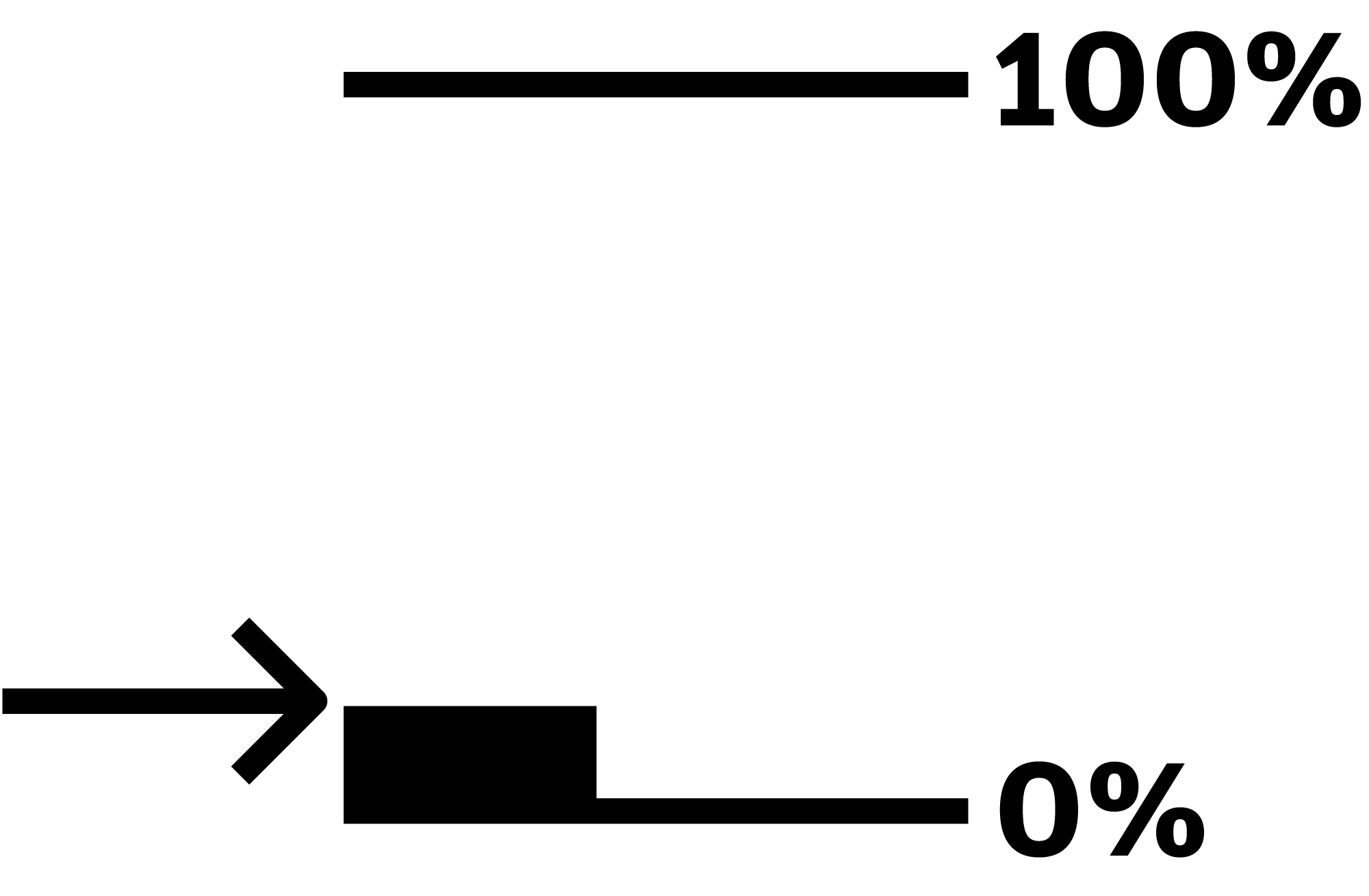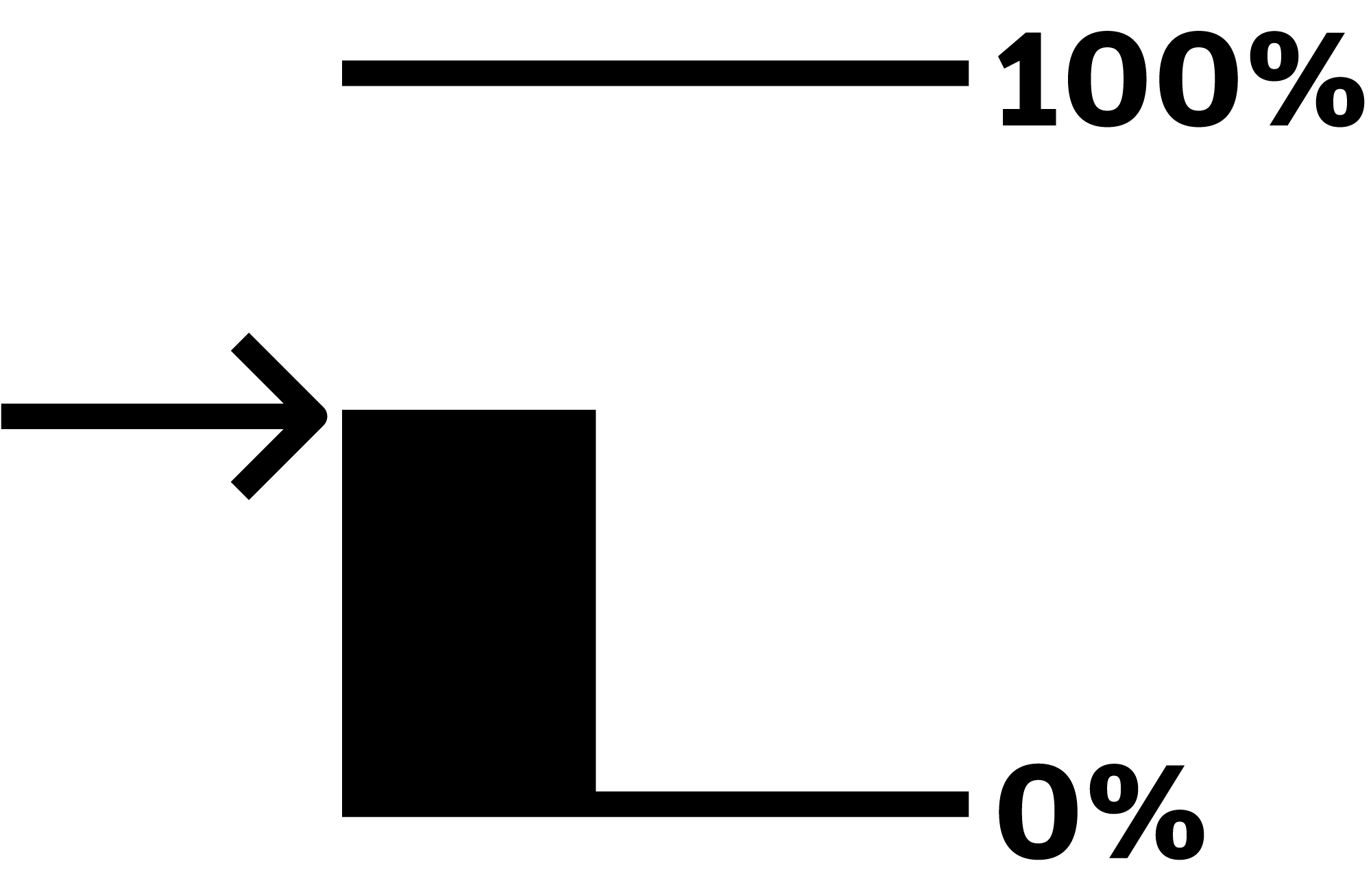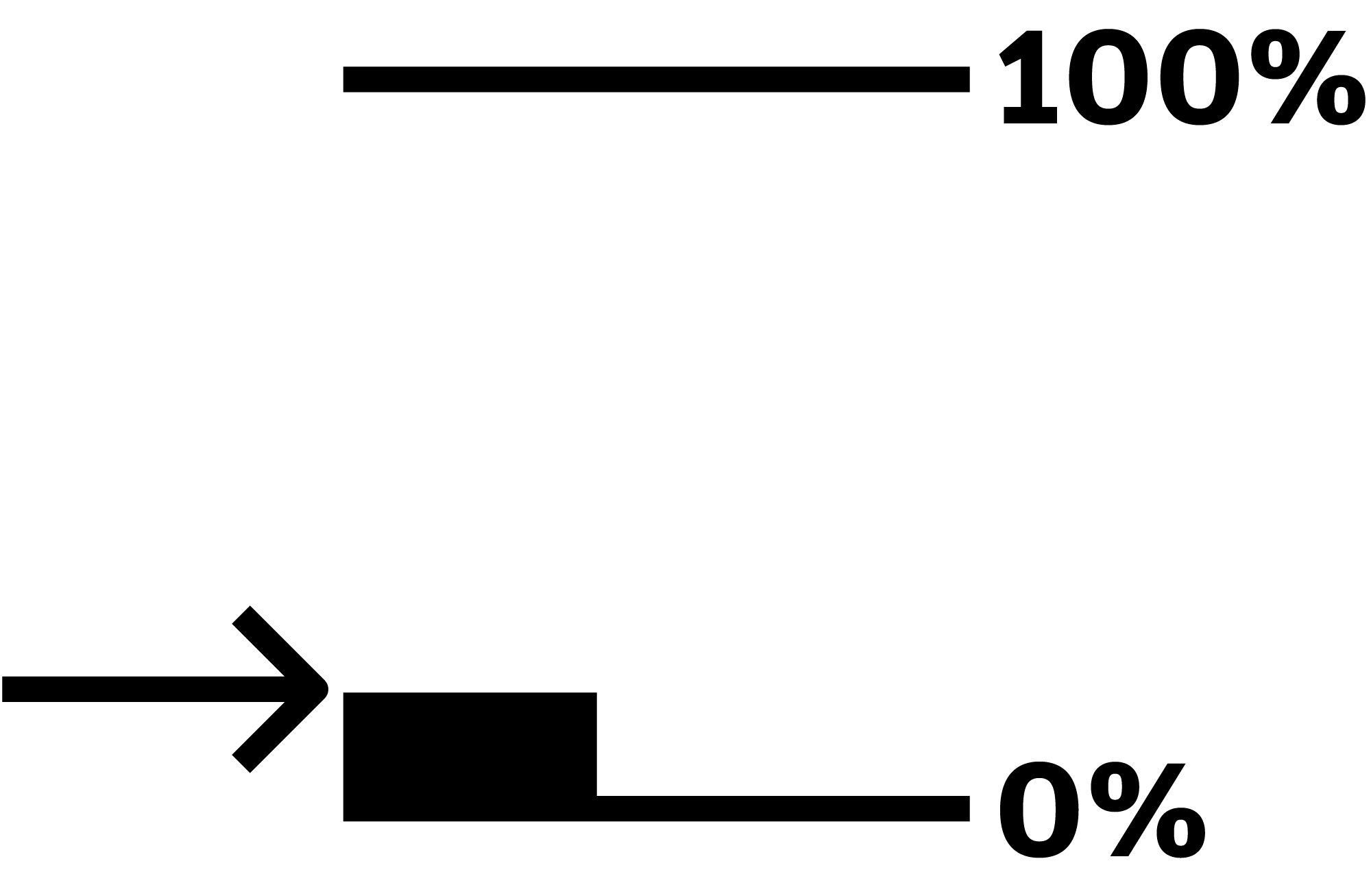Who are graphic communication, website and information designers designing for and communicating with?
This is a freely reusable and copyright free infographic that accompanies the article called Information on different categories of people for graphic communication, website and information designers, published on https://medium.com/@user_design, October 2021.
▼ Age
Children, 4–12 years old

9% (534 million people) 1 in 11 people worldwide are children aged 5–9 years old (World Health Organisation, 2001)

Teenagers, 13–19 years old

8% (596 million people) 1 in 13 people worldwide are aged between 15–19 years old (United Nations, 2017)

General people, 20–45 years old

37% (2.7 billion people) 1 in 3 people worldwide are aged between 25–44 years old (United Nations, 2017)

Middle aged adults, 45–59 years old

17% (1.2 billion people) 1 in 6 people worldwide are aged between 45–59 years old (United Nations, 2017)

Older adults, 60+ years old

13% (962 million people) 1 in 8 people worldwide are aged 60+ years old (United Nations, 2017)

▼ Conditions
Dyslexia

10% (528 million people) 1 in 10 people worldwide show some signs of dyslexia (Pennington, 1991)

Aphasia

0.06% (5.7 million) people worldwide can have aphasia. 38% of stroke survivors get aphasia. (Australian Aphasia Rehabilitation Pathway, 2020).

Vision impairment

3% (253 million people) 1 in 33 people worldwide have a vision impairment (World Health Organization, 2017)

Colour blindness

8% (1 in 12 men) and 0.5% (1 in 200 women) worldwide have colour blindness (Colour Blind Awareness, 2016)

Arthritis

25% (1 in 4 adults) of people in the usa and Europe, have some form of arthritis (Barbour, 2017; eular, 2017)

▼ Literacy
Text and numerical illiteracy

15% of people who are aged 15+ worldwide are illiterate (unesco, 2015)

Digital illiteracy

25% (12 million adults) 1 in 4 people in the uk, cannot complete 5 basic online tasks (Arnett, 2015)

Total percent overview
Children, 4–12 years old
(worldwide)

Teenagers, 13–19 years old (worldwide)

General people, 20–45 years old (worldwide)

Middle aged adults, 45–59 years old (worldwide)

Older adults, 60+ years old (worldwide)

Dyslexia (worldwide)

Aphasia (worldwide)

Vision impairment (worldwide)

Colour blindness (worldwide)

Arthritis (usa and Europe)

Text and numerical literacy (worldwide)

Digital literacy (uk)


You can freely reuse this infographic, it is copyright free. Do not edit or modify it though. Please always credit us when using it: Infographic by User Design, Illustration and Typesetting, www.userdesignillustrationandtypesetting.com, from the article called Information on different categories of people for graphic communication, website and information designers published on https://medium.com/@user_design. Infographic version: October 2021.